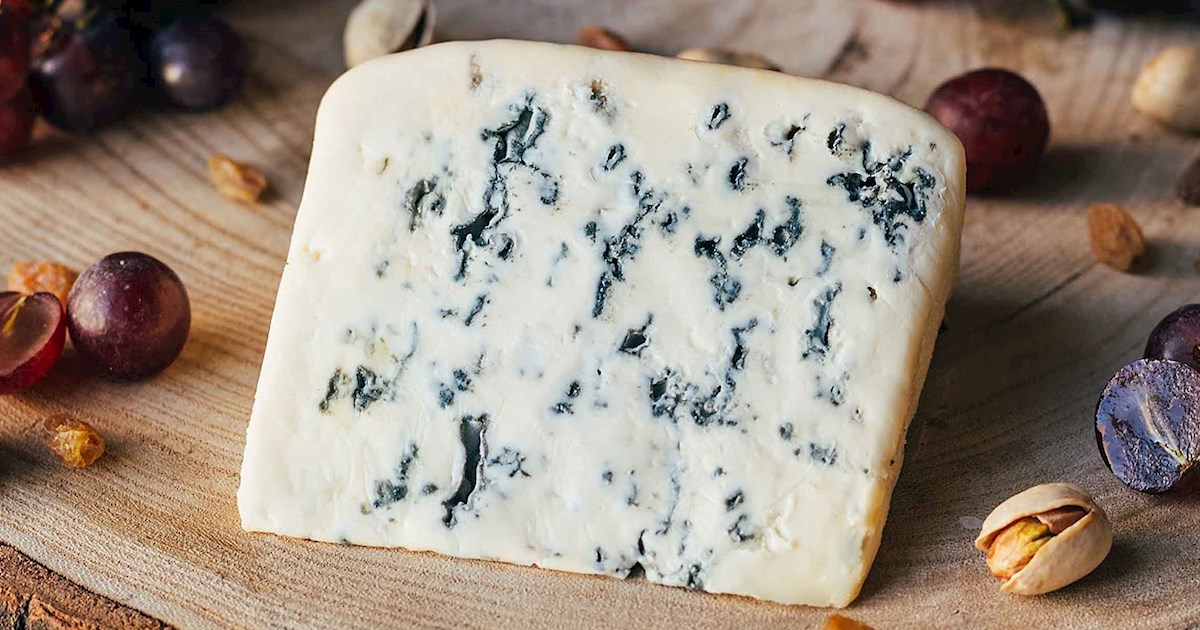meatthesavages.com – Blue cheese, with its distinctive veins and bold flavors, is a polarizing dairy product. While some people adore its complex taste and aroma, others are turned off by its pungency. If you’re among those who find blue cheese a bit daunting, this article is here to guide you through the “blues” and help you appreciate the unique qualities of these cheeses.
The Allure of Blue Cheese
Blue cheese is a general term for cheeses that have been inoculated with mold, typically from the genus Penicillium. This mold not only gives the cheese its characteristic blue or green veins but also contributes to its strong flavor and aroma. The process of making blue cheese involves piercing the cheese with metal spikes or needles to create air channels, which allow the mold to grow throughout the cheese.
The Varieties of Blue Cheese
There are several types of blue cheese, each with its own distinct flavor profile and texture. Some of the most famous varieties include:
- Roquefort: Originating from France, Roquefort is made from sheep’s milk and aged in the caves of Roquefort-sur-Soulzon. It has a creamy texture and a tangy, slightly peppery flavor.
- Gorgonzola: Hailing from Italy, Gorgonzola is made from cow’s milk and comes in two varieties: dolce (sweet) and piccante (sharp). The dolce version is creamier and milder, while the piccante is more crumbly and pungent.
- Stilton: An English cheese made from cow’s milk, Stilton is known for its crumbly texture and strong, savory flavor. It’s often enjoyed with port or as part of a cheese board.
- Blue Cheese from the United States: The U.S. produces a variety of blue cheeses, including Maytag Blue from Iowa, which is known for its creamy texture and tangy flavor.
Overcoming the Blue Cheese Blues
If the strong flavor of blue cheese is what’s holding you back, there are ways to ease into enjoying it:
- Start Mild: Begin with a milder blue cheese, such as the dolce version of Gorgonzola or a young blue cheese, which will have a milder flavor.
- Pair It: Blue cheese pairs wonderfully with many foods and drinks. Try it with fruits like pears or apples, nuts, honey, or even in a salad with a vinaigrette dressing to balance its flavor.
- Cooking with Blue Cheese: Incorporating blue cheese into dishes can also make it more approachable. It’s delicious in sauces, on pizzas, or crumbled into pastas. The heat can mellow out the sharpness, making it more palatable.
The Health Benefits of Blue Cheese
Beyond its flavor, blue cheese offers several health benefits. It’s a good source of protein, calcium, and vitamins A and B12. The mold in blue cheese also produces compounds that may have anti-inflammatory and anticancer properties.
Conclusion
Blue cheese may not be for everyone, but for those willing to explore its depth and complexity, it can be a delightful addition to the culinary palate. By understanding the different varieties and how to enjoy them, even those who are hesitant might find themselves humming a different tune when it comes to the blue cheese blues. So, the next time you see a blue-veined cheese, consider giving it a try—you might just discover a new favorite.
